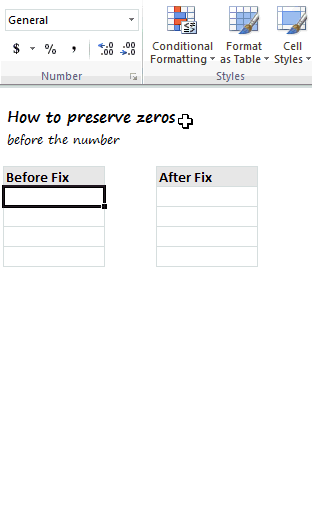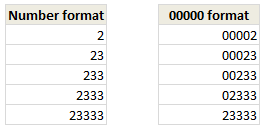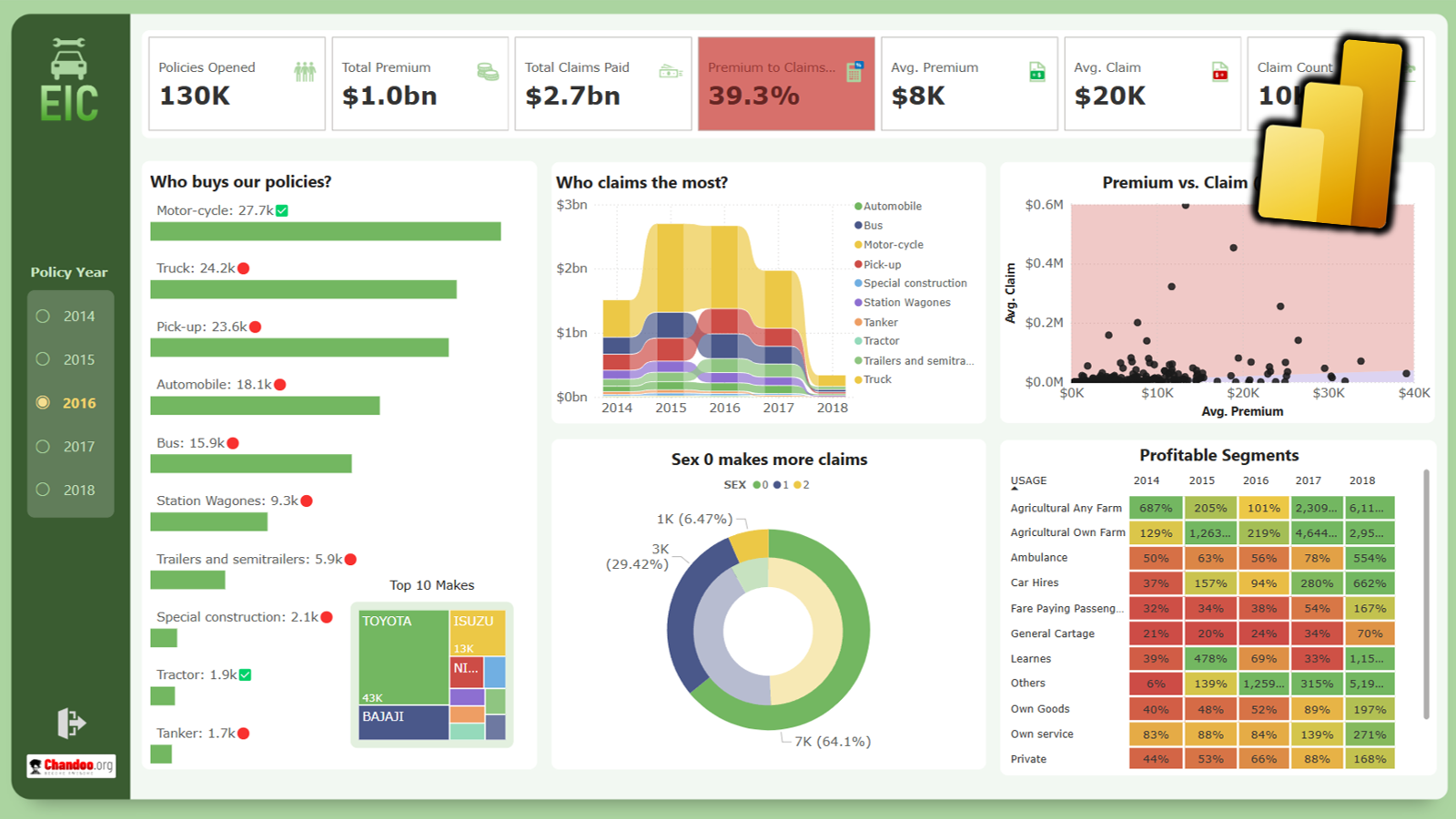Here is a quick tip to add awesome to your Wednesday.
If you want to enter numbers like 00023 or 023.340 or 23.34500 in your Excel sheet, you would notice that Excel magically removes leading zeros and trailing zeros (after decimal point) as the number 23 is same as 00023. But sometime, we want 00023, not 23. Then what?!?
Very simple, we use TEXT format instead of number format. Just select the cells where you are going to enter these numbers, and from Home ribbon > Number area, select “Text” as cell type. This tells Excel to treat any value you enter as Text, not as number. So when you type 00023, it will appear as 00023.
See this short demo to understand how to get this work.

Bonus Tip – Use fixed number of zeros
 For example, if you want the number to show up in 5 digits (with leading 0s if needed), you can use the cell format code 00000.
For example, if you want the number to show up in 5 digits (with leading 0s if needed), you can use the cell format code 00000.
To apply this format:
- Just select the cells and press CTRL+1
- From Number tab choose “Custom”
- Enter the format code as
00000 - Done!
Aside, you can see how this formatting works.
That is all for now. Have a great evening then 🙂
More on Cell Formatting
Excel allows you to format cells in myriad ways, some of which may baffle you. But Chandoo.org got your back! We have written several articles to help you master the cell formatting. Read on,
- Formatting Numbers in Excel – an overview
- Custom Cell Formatting in Excel – Tips
- How to show decimal point only for values less than 1
- Show colors in chart labels based on data
- How to hide cell contents in Excel using cell formats
- More on Number Formatting & Cell formatting
PS: We had a minor hiccup with our newsletter. Many of you did not get it for last 7 days. It is fixed now. So you might get one big email from Chandoo.org with all the missed posts.




















6 Responses to “Nest Egg Calculator using Power BI”
Wow! What a Powerful article!
Hello Chandoo Sir
your file does not work with Excel 2016.
how can I try my hands on this powerful nest egg file ?
thanks
Ravi Santwani
@Ravi... this is a Power BI workbook. You need Power BI Desktop to view it. See the below tutorial to understand what Power BI is:
https://chandoo.org/wp/introduction-to-power-bi/
As always, superb article Chandoo... 🙂
Just one minor issue:
While following your steps and replicating this calculator in PowerBI, I found that the Growth Pct Parameters should be set as "Decimal number" not "Whole Number"
OR
we have to make corresponding adjustments in the Forecast formulas (i.e. divide by 100) to get accurate results.
You are right. I used whole number but modified the auto created harvester measure with /100 at end. Sorry I did not mention it in the tutorial.
Instead of
[Growth Pct 1 Value]/12
the monthly rate has to be
(1+[Growth Pct 1 Value])^(1/12)-1
It's a slight difference but in 30 years the future value will be $100k less.